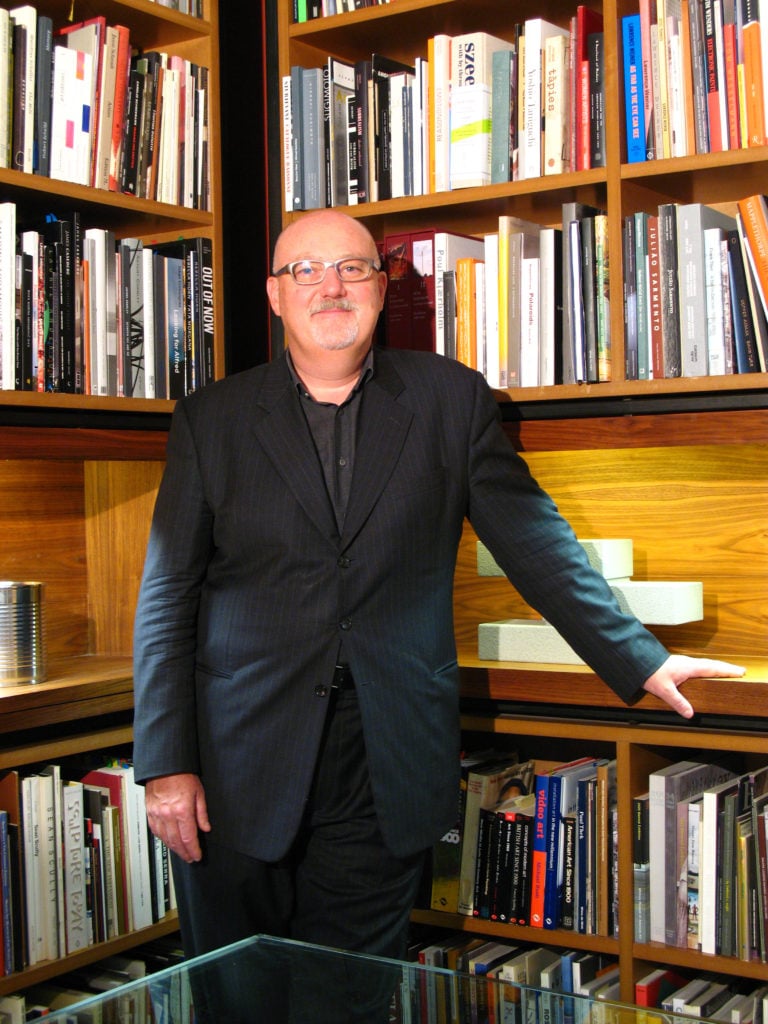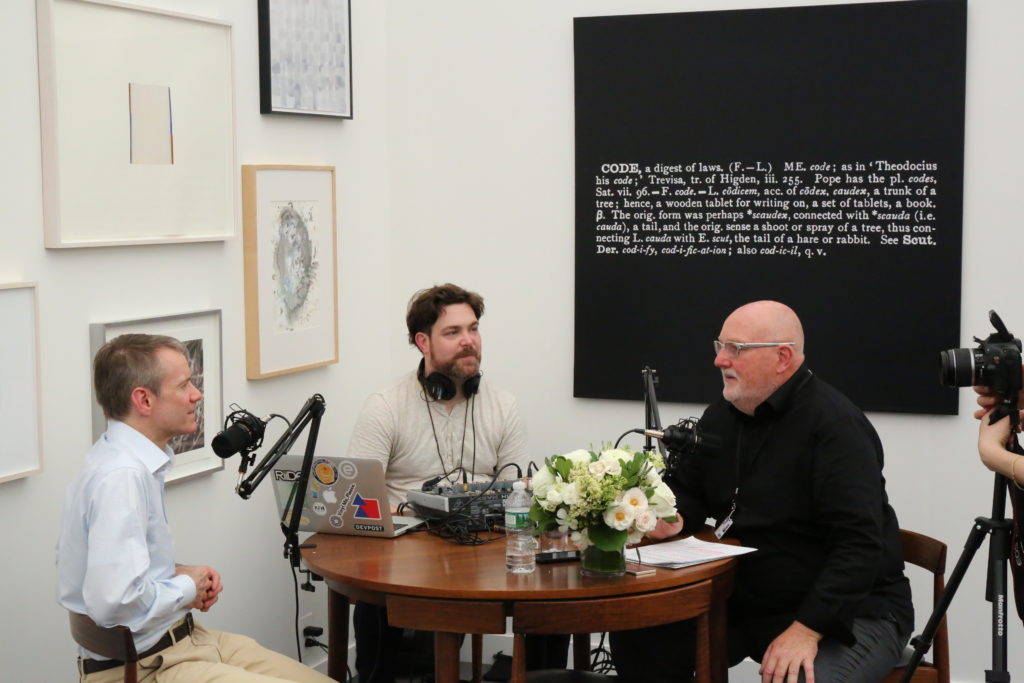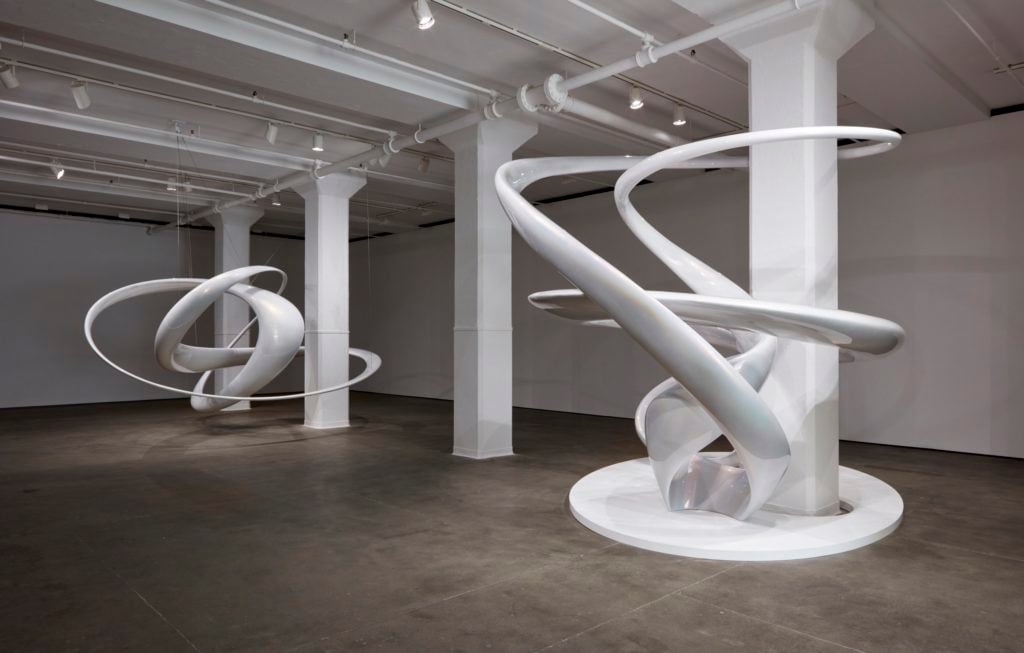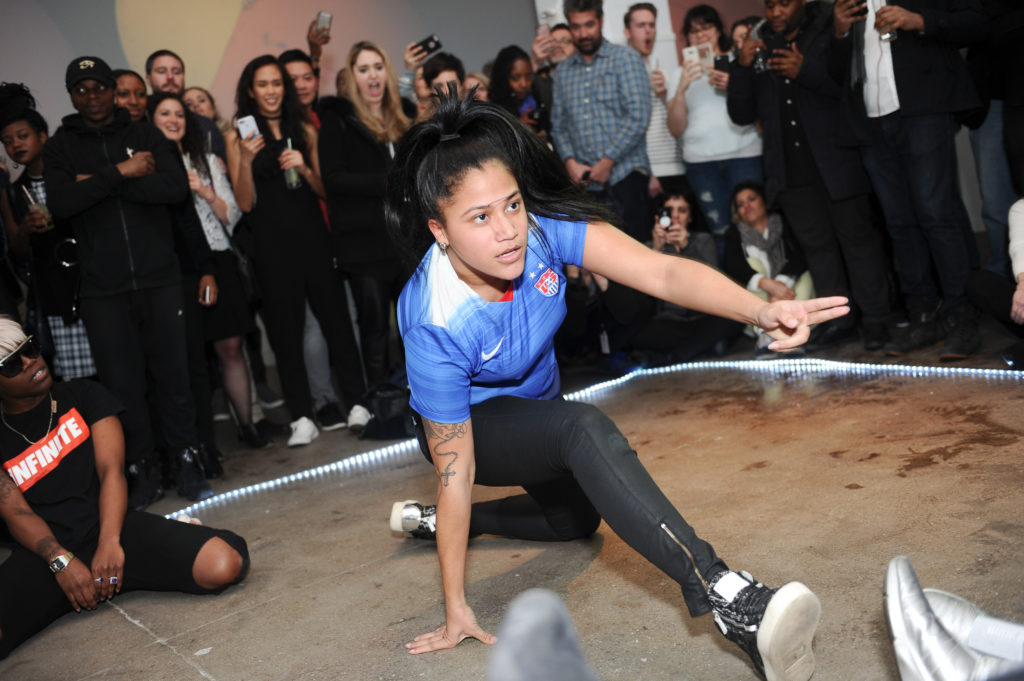Opinion
It’s Not Too Late to Create the Art World We Want. Here Are Four Ways to Do It
The gallerist Sean Kelly explains why in the art world of the future, less will be more.

The gallerist Sean Kelly explains why in the art world of the future, less will be more.

Let’s start with some good news for a change: The world—and, by extension, the art world—will survive the COVID-19 pandemic.
Sadly, many of us have already lost friends and loved ones to the virus, and more losses may come. Far too many of our fellow citizens—particularly those with the least ability to protect themselves and those who are subject to the systemic racism that has sparked protests in recent days—will bear the brunt of this brutal pandemic and the economic disaster it has wrought. Many businesses, including galleries, will permanently close as a result.
Whether this period lasts six months or three years, the health of the world and the health of our economy will eventually recover. So, too, will the business of selling art. The question at hand, though, is when the market fully returns, what will we have learned from this forced hiatus?
Will we be smart enough to view this interregnum not solely as a negative experience, but as an opportunity to reflect, take stock, assess the way we functioned before, and look to a future that is more conscious, sustainable, and kind?
For too long, the world’s major economies, including the art world, have subscribed to a flawed, Keynesian economic model that has mutated into the dominant worldview: that more is more, greed is good, and success is defined by how much more of everything, especially money, one has than others. This model is neither healthy nor sustainable.

Sean Kelly recording his “Collect Wisely” podcast. Photo: Henri Neuendorf.
Galleries, many of which historically were sources of knowledge and connoisseurship, have morphed into global supermarkets, employing teams of salespeople on commission that function like incentivized call centers, inundating collectors with hundreds of scattershot and largely unwanted emails every day.
The growth of the global art world’s infrastructure—including art fairs, biennales, triennales, and the like—has created a class of professional artists, rather than those driven by passion and vision. Money—and lots of it—spent by professional art investors armed with an arbitrage mentality has turned the high end of the art market into a blood sport, replete with trophies affixed to well-appointed walls.
In some fundamental respects, we have lost our way. Perhaps in this moment, painful as it is, we have an opportunity to assess our core moral values and think anew about our place in the world. We should not lament the exponential growth of interest in contemporary art. That is a good thing. But nor should we accept some of the now commonplace practices linked to this growth without serious critical consideration.
It was uplifting to hear Dr. Clare McAndrew, founder of Arts Economics, reflect in a recent Art Basel/UBS panel upon a study she conducted of high-net-worth collectors. From the study, she concluded that even before the pandemic put the world on lockdown, there was “a shift towards more content and knowledge” and what these collectors increasingly value is “the importance of personal relationships, not just through social media.”
The art world is currently beset by legions of fortune tellers predicting what our shared post-COVID art world will resemble in the future, so I will refrain from adding to the throng.

Installation view of Mariko Mori: “Invisible Dimension” at Sean Kelly, New York. Photography: Jason Wyche, New York
Courtesy: Sean Kelly, New York.
However, what I will propose is that we think about some of the values we can use to guide us towards a better future and a healthier art world. Here are a few that come to mind:
Instead of legions of staff sending PDFs around the world in preparation for the next art fair, we can be more selective and targeted in our conversations with collectors, understanding their desires and aspirations. We can confer more closely with our artists about their ideas, future plans, and dream projects. No longer running through airports or spending weeks on end in convention centers around the globe, we can have deeper conversations with a broad range of collectors and develop thoughtful, meaningful strategies to both service existing clients and attract new art enthusiasts to our galleries who will become the next generation of collectors.
Now that we know it is possible to conceive of a different, more flexible working structure, with virtual meetings and presentations, let’s seriously consider the carbon footprint, ecological impact, and sustainability of our working lifestyle. Is every additional gallery outpost, art fair, flight, and international gathering essential to our core business practice?
One thing this moment has taught us is that current technology does not yet allow for particularly convincing or meaningful virtual presentations. Human ingenuity is extraordinary and there is no question these issues will be solved in time and we will be able to use these tools to help collectors imagine artworks in their homes, thereby cutting down on travel and the need for superfluous art-world gatherings. It is, however, also worth remembering that while the internet and technology can be useful tools for research, communication, and data- and information-gathering, they do not present a substitute for being in the presence, the aura of an artwork. We need to invest in technologies that will support virtual experiences that can also encourage real-world encounters.
Gen Z and Y have grown up around the new technological revolutions and have been shaped by them. They think differently, work more collaboratively, and are conceptually flexible and open to new approaches to problem-solving. They are also the next generation of collectors who will sustain and expand the art world. They will inherit the ecology and economies we have bequeathed them. We need to understand their interests, concerns, and priorities and, like them, be prepared to adapt to survive. We also need to make sure to price them into the art market, not out of it. The good news is that understanding the previous three principles—that the future is virtual, carbon neutral, and bespoke—will prepare us for this new audience: one that is not only digitally native, but also passionate about supporting businesses that are socially responsible and those with which they can develop a meaningful personal relationship.

A competitor in In Flex We Trust at Sean Kelly Gallery. Courtesy of BFA.
It’s not too soon, nor too late, to think about what comes next. We need not mirror what preceded this moment—we can reimagine the art world as more sustainable, thoughtful, and generous. In the current moment, we should reconsider some basic foundational principles. This is not a retrograde view, but rather an optimistic projection.
Right now, we have the time to think, consider, and dream about what we love most: art. Our collective stasis can remind us that less can, indeed, be more in certain instances, including the quality of our shared cultural experience.
I sincerely hope we have the collective foresight and courage to adapt and embrace the future.
Sean Kelly is the founder of Sean Kelly Gallery.